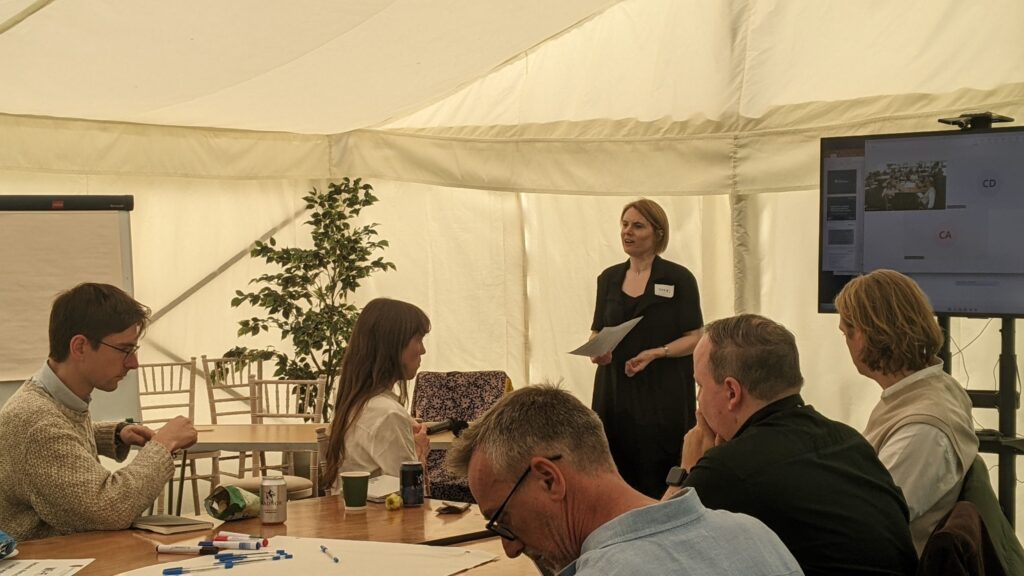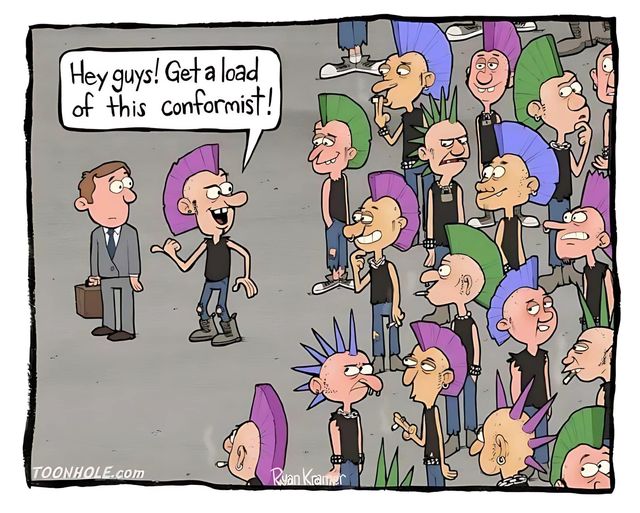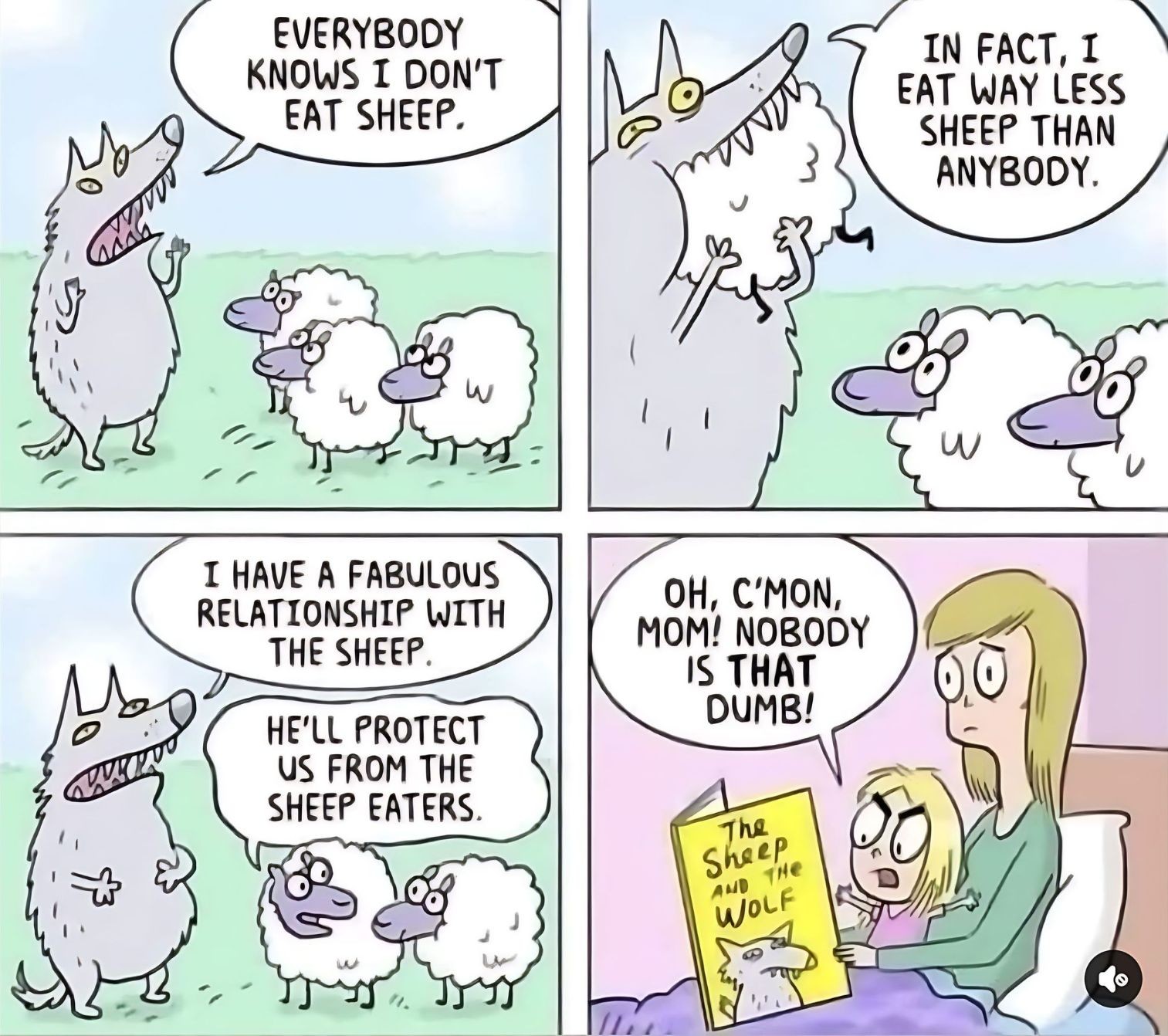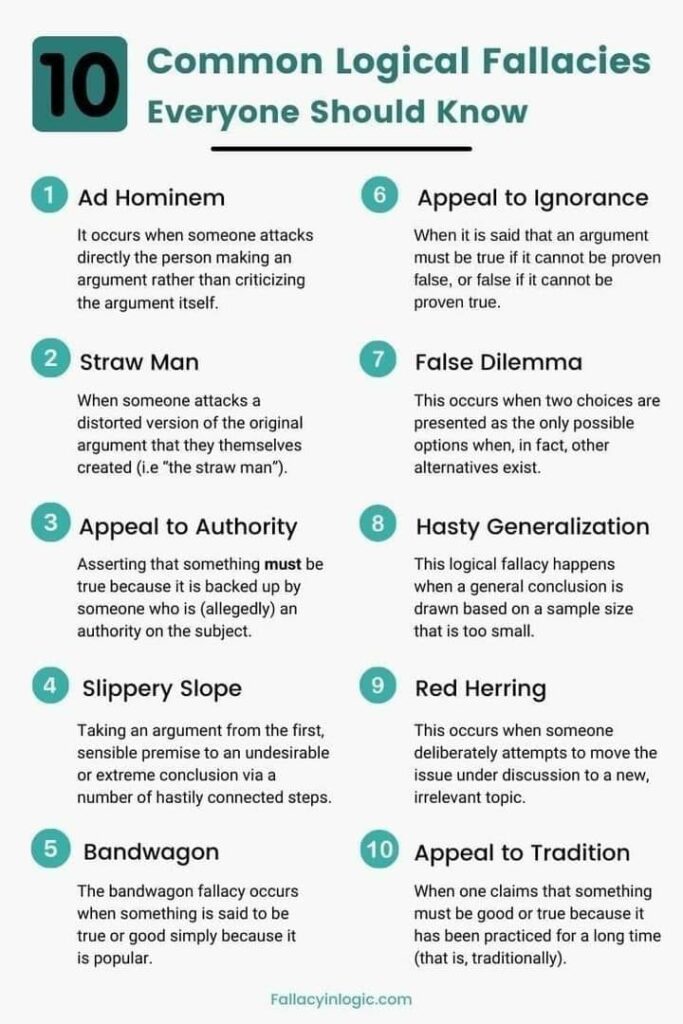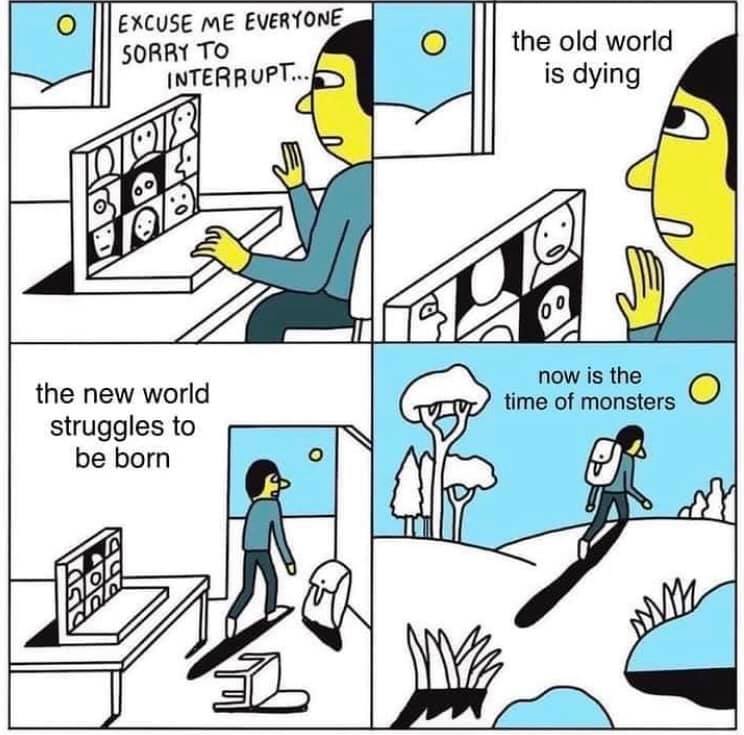The frustration of navigating the mess of activism, tech, and grassroots movements, especially when they get co-opted and sidetracked by personal interests, #NGO agendas, or broader #mainstreaming mess. We need ways to process, compost, and turn this mess into productive paths, which better balance burnout and disillusionment with actual progressive outcomes.
A part of this is the parasite #NGO and #fashionista paths, how NGOs and big parts of tech can parasitically latch onto grassroots movements, commodifying and diverting them from their own paths. These non-native ways end up taking the paths they claim to oppose, and are a part of the broader #deathcult problem. Mediating this deathcult and pratish behaviour is needed, that challenges the individualistic, egotistical people who are always a part of grassroots movements. If left unchecked, these people will derail collective efforts and reduce movements to infighting rather than the path of change and challenge we need to be on.
Composting the mess, is perhaps the most hopeful metaphor to turn #mainstreaming shit into something more fertile. This metaphor is about processing what went wrong, reflecting, and turning that energy into a better path, sustainable, and rooted in the core values of the #openweb and #4opens grassroots efforts. The mess is undeniable, but with native openweb tools and paths, composting, mediation, linking, and decentralization there’s still hope to turn this #reboot into something productive. We really need to make this work.

The normal problem, the trajectory of #SocialHub, and the broader #openweb community, simply went off course due to factors that we need to talk about:
- Shrinking of the crew, led to the forced narrowing of focus, limiting the community’s ability to engage widely and creatively. As fewer people became involved, the flexibility and potential of the project shrank.
- Chasing funding, is a recurring poison in many grassroots projects. The moment funding enters the picture, the focus can shift from mission driven goals to survival driven ones, leading to compromises and sell outs.
- The #geekproblem, is a recurring issue where the culture of arrogance and ignorance within tech communities blocks collaborative, inclusive problem-solving. Tech culture ignores the social dimensions of community building, exacerbating problems instead of solving them.
- Failed governance, feudal-like governance structures hindered the ability to mediate these issues, turning leadership into top-down control rather than fostering horizontal collaboration. Attempts like the #OGB (Open Governance Body) were/are being blocked by the systems they set out to fix, leading to a self-reinforcing mess.
What can we do, next steps:
- Composting the mess, rather than seeing the failure as terminal, it’s about turning the decay into fertile ground for new growth. This composting metaphor is apt—it’s about taking what didn’t work, reflecting on it, and using it as the soil for new, better-structured efforts.
- Recognizing people over code: The issue lies with people, not technology, the main barriers are social—ego, power dynamics, and lack of collaboration. Governance structures, community engagement, and shared values need to take centre.
- Defining and defending the #openweb, people will inevitably sell out for funding and status. To mediate this, a clear, shared understanding, of what the openweb stands for, an articulation of principles like the #4opens is crucial. The community needs a strong value framework to guide decisions and prevent the erosion of ideals and paths.
- Building a hub for meaningful engagement, #SocialHub was once this place, but it’s now too narrow and constrained by the #NGO. #fashernista and #geekproblem interests. If the community is to thrive, it needs a revitalizing, a broader range of voices participating, where governance is open, and where people are empowered to contribute without the weight of gatekeepers and blinded apathy and intolerance blocking we to often have now.
- Infrastructure and funding, the practical path of supporting the infrastructure also needs addressing. The lack of funding is damage that shifts, the code itself, into became unresponsive to the community’s needs. Finding sustainable, non-exploitative funding models is needed. Could a cooperative or mutual aid model be a path forward, that aligns with the values of the #openweb while providing the necessary resources?
Immediate Actions:
- Broaden governance: If we return to SocialHub or a similar network, start by widening the admin and mod team to ensure it represents more than just the narrow confines of #NGO, #fashernista and #geekproblem interests. This inclusivity prevents drift.
- Articulate values clearly, by creating a visible and accessible page for the #4opens, making it a cornerstone for paths and discussions, decisions, and collaborations. People need to understand and agree on the principles driving the openweb, #KISS
- Revive discussions, reignite meaningful discussions about the purpose and direction of the openweb. This needs to happen on networks where all voices are welcomed, and consensus building isn’t seen as a hindrance but a pathway forward.
- Explore funding models, as the current mess is feeding this #blocking. Look into alternative funding mechanisms—cooperatives, community-supported models, or decentralized funding structures that align with openweb values. Chasing VC or NGO funding leads to the same patterns of co-optation and control.
By addressing these issues—people, governance, values, and sustainability—the community can begin to rebuild, with a “native” approach, it’s possible to compost the mess into fertile soil for future growth.
UPDATE the thread on this turned into a mess then a part of it vanished, likely someone blocked, so posting the last update here:
” I just don’t see SocialHub as likely to evolve into the kind of place for the broader discussions focusing on social issues.”
The problem we are talking about. This is exactly what #socialhub was “broader discussions focusing on social issues” for the first 3 years or so, we had the path we now need in place as native grassroots.
A tiny number of people used the #geekproblem to narrow this open space down to focus EXCLUSIVELY on the #FAP. Why and how this happens is where the value is, so we don’t keep adding to this mess, in the future.
PS, this mastodon mess of jumping from public to semi private all the time is a mess.
